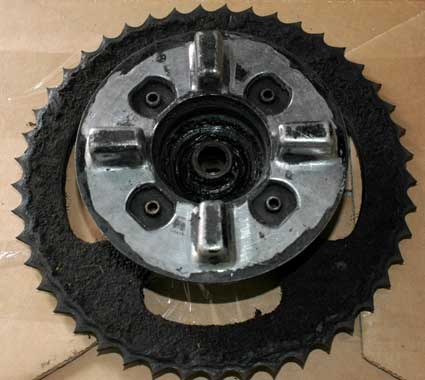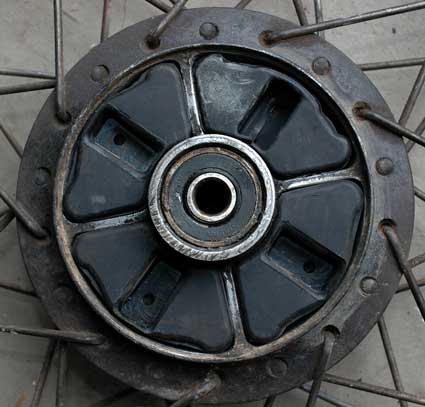OK, here's the question: will a transaxle in a lighter weight car be more durable/last longer than in a heavier car, assuming the same engine?
Seems like the gut reaction is "yes" as the transaxle has less mass to propel down the road in the lighter car. However, the engine is putting out the same hp and torque, and loading the transaxle to the same extent in either car, so isn't the load the same? Obviously, the lighter car will accelerate faster so the duration of the power load during acceleration may be less than in the heavy car, which in itself potentially increases durability/longevity.
I would submit that the answer is not simply "yes, the lighter car is easier to propel down the road so it must be easier on the transaxle."
Thoughts are appreciated.
Seems like the gut reaction is "yes" as the transaxle has less mass to propel down the road in the lighter car. However, the engine is putting out the same hp and torque, and loading the transaxle to the same extent in either car, so isn't the load the same? Obviously, the lighter car will accelerate faster so the duration of the power load during acceleration may be less than in the heavy car, which in itself potentially increases durability/longevity.
I would submit that the answer is not simply "yes, the lighter car is easier to propel down the road so it must be easier on the transaxle."
Thoughts are appreciated.




